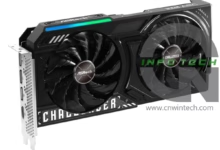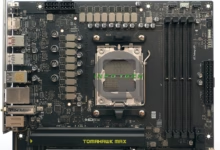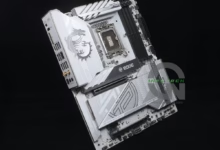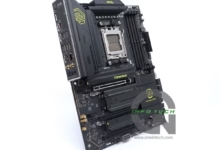
The use of the latest operating system becomes the mainstay of this ultrabook. Windows 8 emergence seems utilized by the various of new laptops late last year. Microsoft released Windows 8 to update their operating system. It is also a marketing strategy to enliven the mobile devices market (smartphones and tablet computers) which previously held by Apple and Google.
Computer vendors are finally get benefits from these since they could get “new energy” to throw their fresh products to the markets. The market itself seems to have waited for so long to experiencing the new successor of Windows 7 operating system.
At this time Windows 8, touchscreen becomes the highlight features in addition to the new Metro UI interfaces. But most laptops are generally not based touchscreen today, including this laptop. As a result, the use of this interface will be less than ideal.
Windows 8 installed in a non-touchscreen ultrabook like Portege Z930 actually affects the productivity that can rendered. The combination between the old desktop with a new screen makes the user-experience little confused. This is because the lacks of information presented in Metro UI.
For the professionals who often have business trips, the main thing to look for are lightweight, backlighted keyboard, port abundant connections, and long battery life. Toshiba Protege Z930-2022 answered all these expectations. Armed with the latest Intel i5-3317U 1.7 GHz speed, 6 GB memory and 128 GB SSD, this ultrabook is pretty good to meet the user’s activities.
The designs are so slim (2.1 cm) and lightweight (1.1 kg) indeed makes Portege Z930 are so comfortable to wear. Magnesium-alloy cover design firm looks fancy though unfortunately rather slippery in the hand. Cover 13.3″ screen being the slimmest but it looks frail. For that, Toshiba designed the screen hinges which quite strong to hold thin screen even though these doesn’t end our worries about.
Portability and performance are the professional workers required while performing many outdoors jobs. Toshiba Protege Z930 can be one of the best options to meet about this need. Apart from that, the battery life are quite qualified also be appeal of these products that worth to considering.
Testing Results
Similar specification makes both products generated a score that is not too different. RAM capacity makes Protege Z930 slightly superior in Sysmark and PCMark tests. In addition, terms of battery life the Toshiba Protege Z930 is also better than the Samsung Series 9.
| Tests | Toshiba Protege Z930 (Intel Core i5-3317U 1.7 GHz, 6 GB RAM, 128 GB SSD, 13.3″ screen) | Samsung NP900X3C-A02ID (Intel Core i5-3317U 1.7 GHz, 4 GB RAM, 128 GB SSD, 13.3″ screen) |
| Sysmark 2012 V1.0.1.84 | 114 | 109 |
| PCMark7 Professional Edition v1.0.4 | 5331 | 4774 |
| 3DMark 11 Pro v1.0.3.0 | P603 | P608 |
| Cinebench R11.5 | 2.42 | 2.42 |
| video encoding | 25 minutes 4 seconds | 25 minutes 7 seconds |
| audio encoding | 1 minute 35 seconds | 1 minute 34 seconds |
| Battery Life | ||
| Playing HD Video | 3 hours 1 minute | 2 hours 24 minutes |
| Battery Eater (Text) | 6 hours 35 minutes | 4 hours 27 minutes |
Specification
| processor | Intel Core i5-3317U (Dual-Core 1.7 GHz, 3 MB Smart Cache) |
| memory | 6 GB, DDR3 |
| chipset | Intel HM76 |
| graphics-card | Intel HD4000 |
| sound-card | Realtek ALC269 |
| hard-disk | 128 GB SATA III SSD |
| Optical drive | none |
| facilities | WiFi b/g/n, LAN, card reader (6-in-1), Bluetooth v4.0 + HS, USB 2.0 (2), USB 3.0 (1), HDMI, 1.3 MP webcam |
| screen | 13.3″ 1600 x 900 pixel resolution |
| operating system | Windows 8 64-bit |
| battery | Li-ion 6-cell |
| dimension | 31.6 x 22.7 x (1.8 to 2.1) cm (LWH) |
| weight | 1.09 kg |
| guarantee | 3 years |
| Website | http://www.toshiba.com |
| Price (range)* | US$ 1448 |
Conclusion
Pros
- Slim design;
- lightweight;
- Support Windows 8 OS;
- Finger Print;
- Backlighted keyboard.
Cons
- frail screen lid;
- the price bit expensive.
Score Assessment - Performance: 4 - Facilities: 3.75 - Usage: 4 - Price: 2 - Total Score: 3.53














